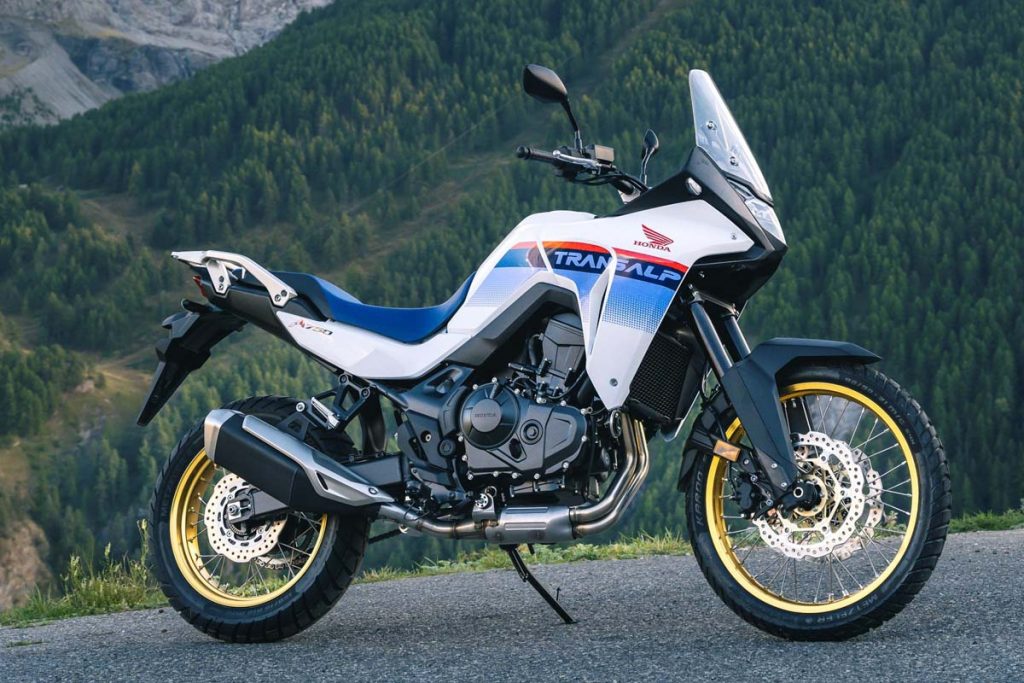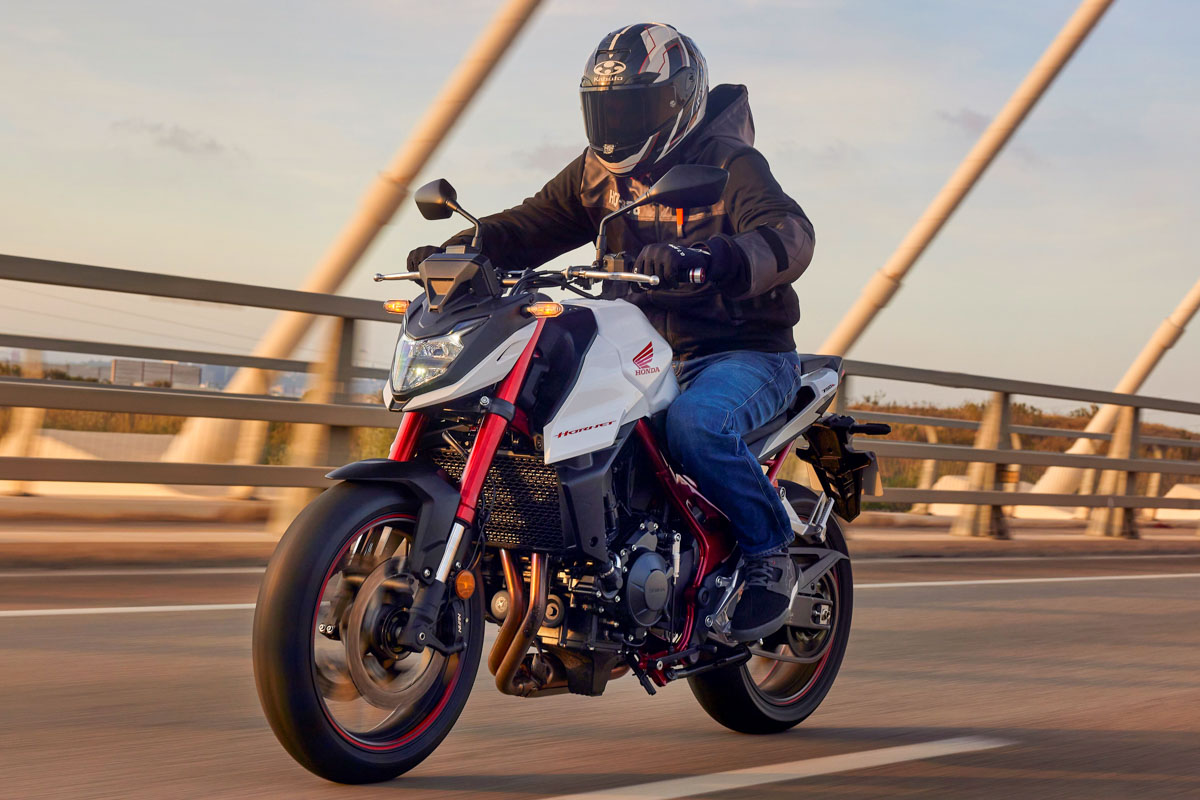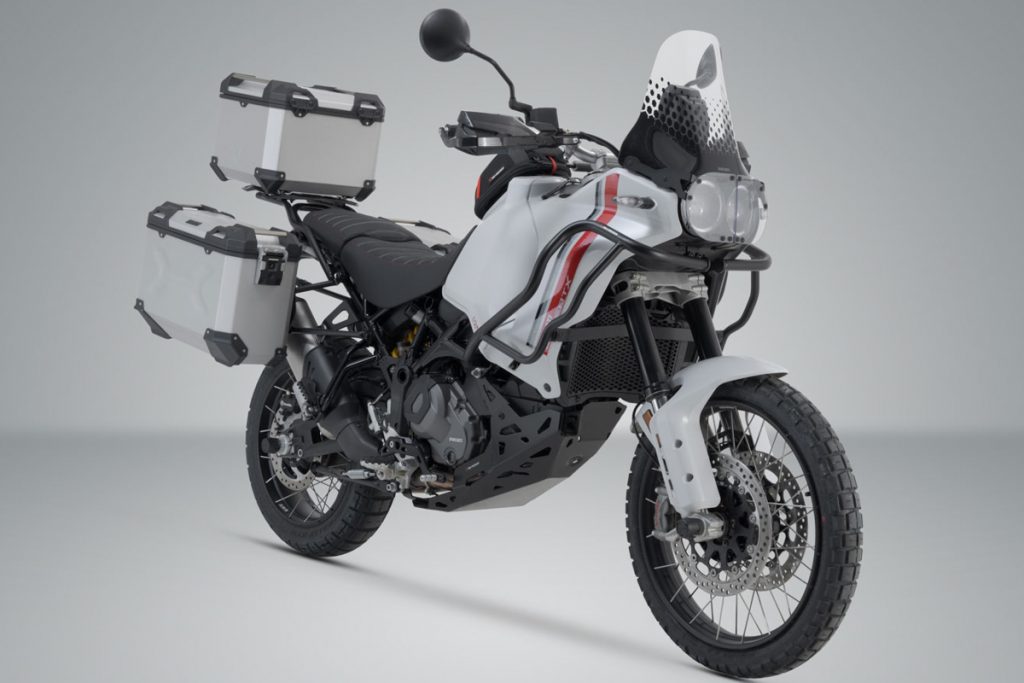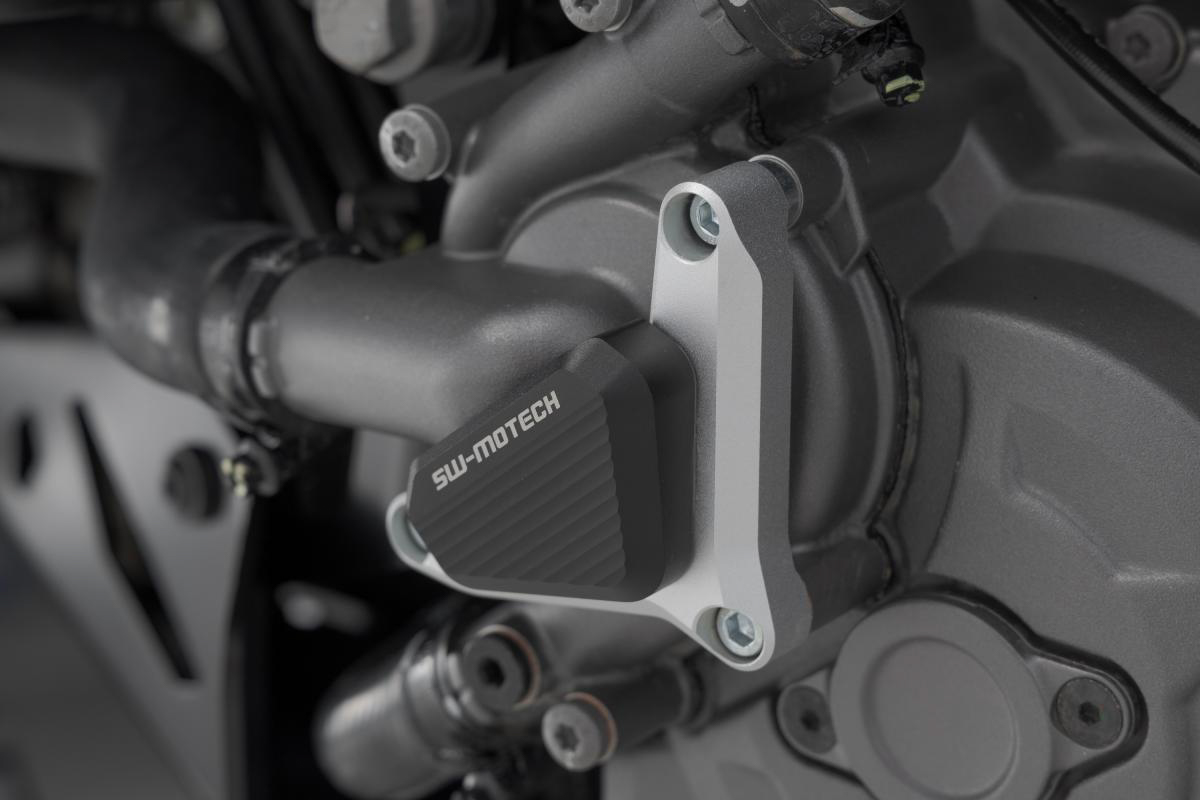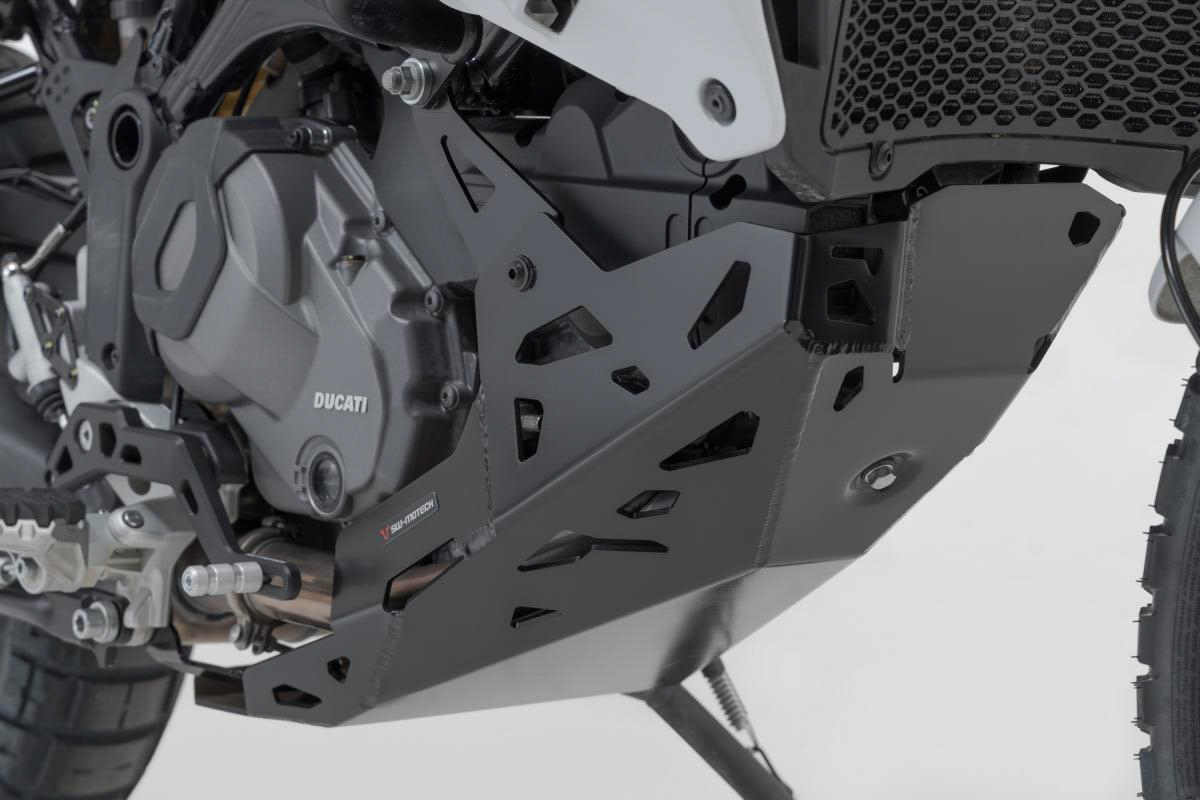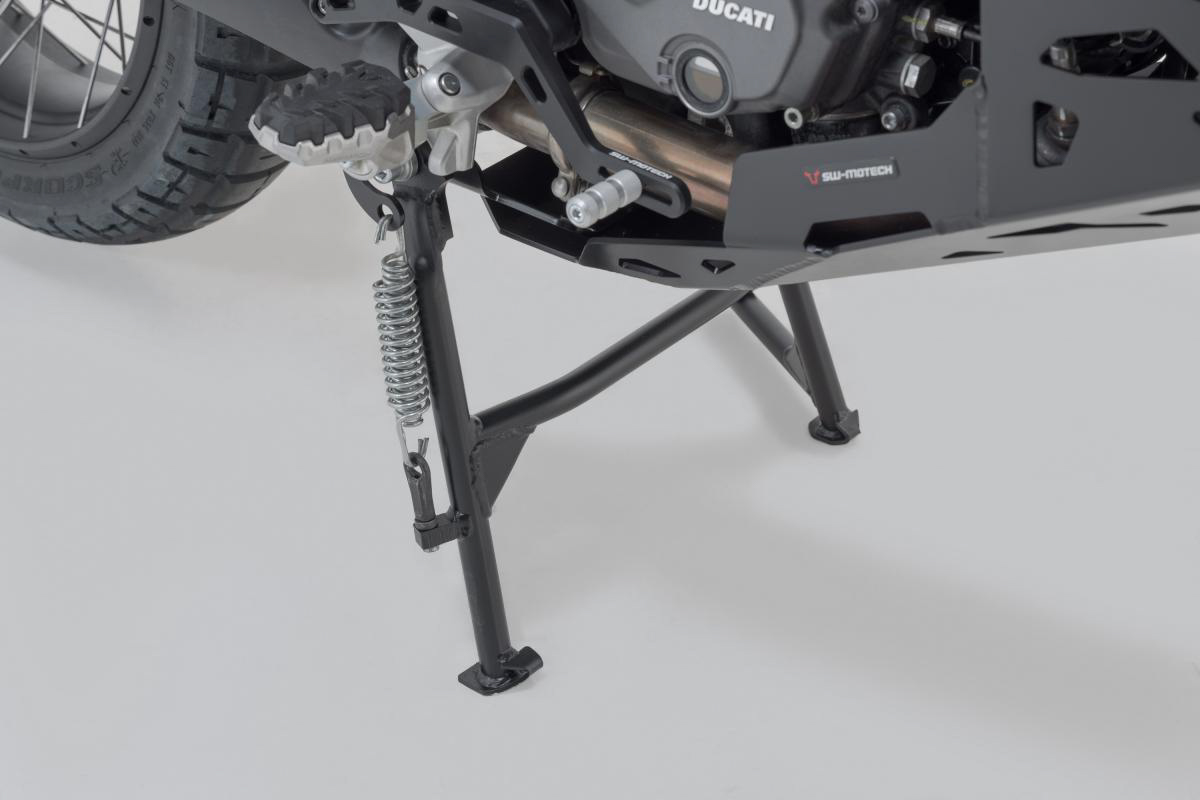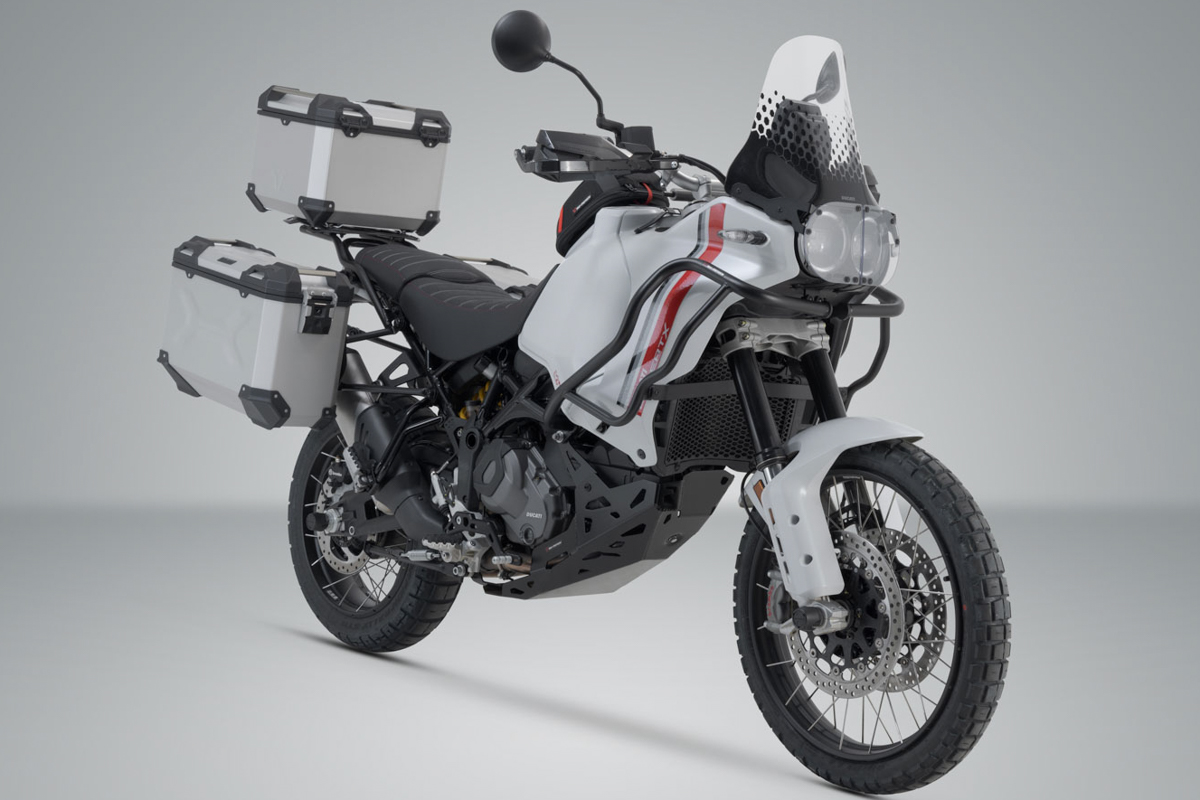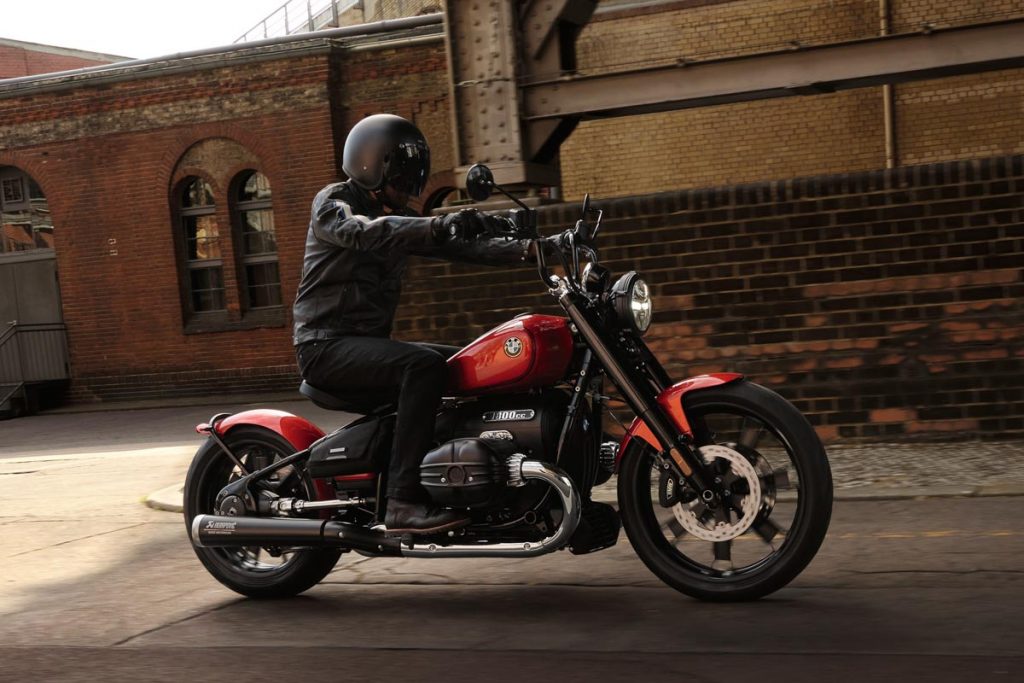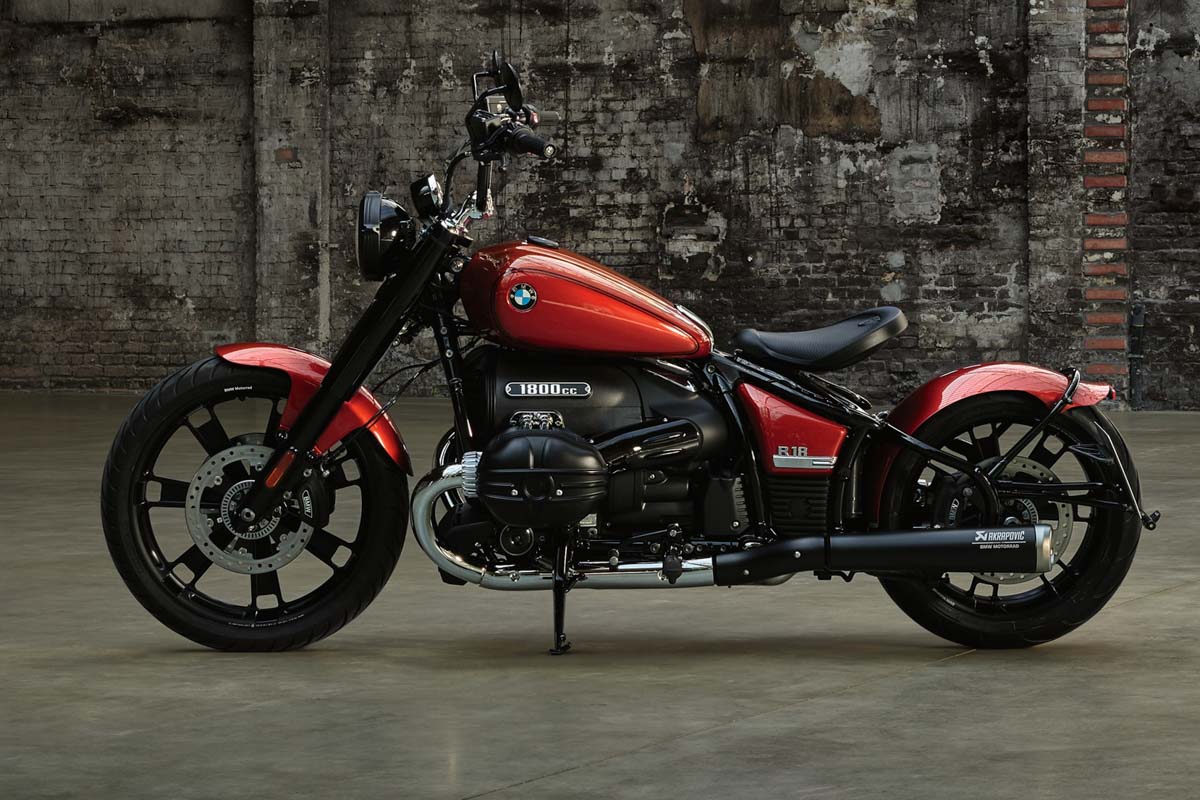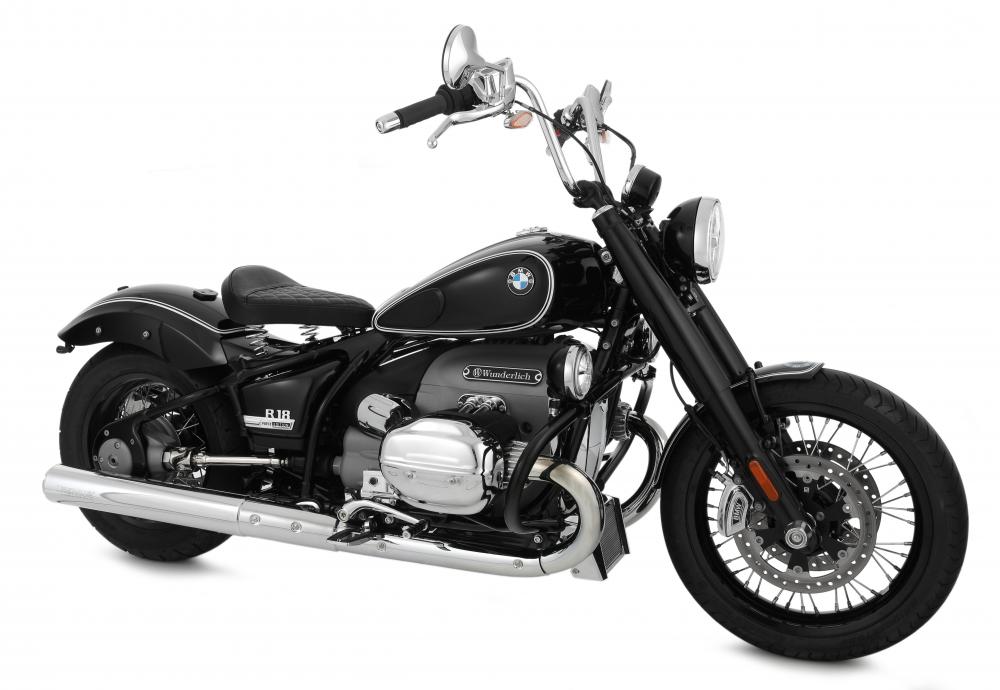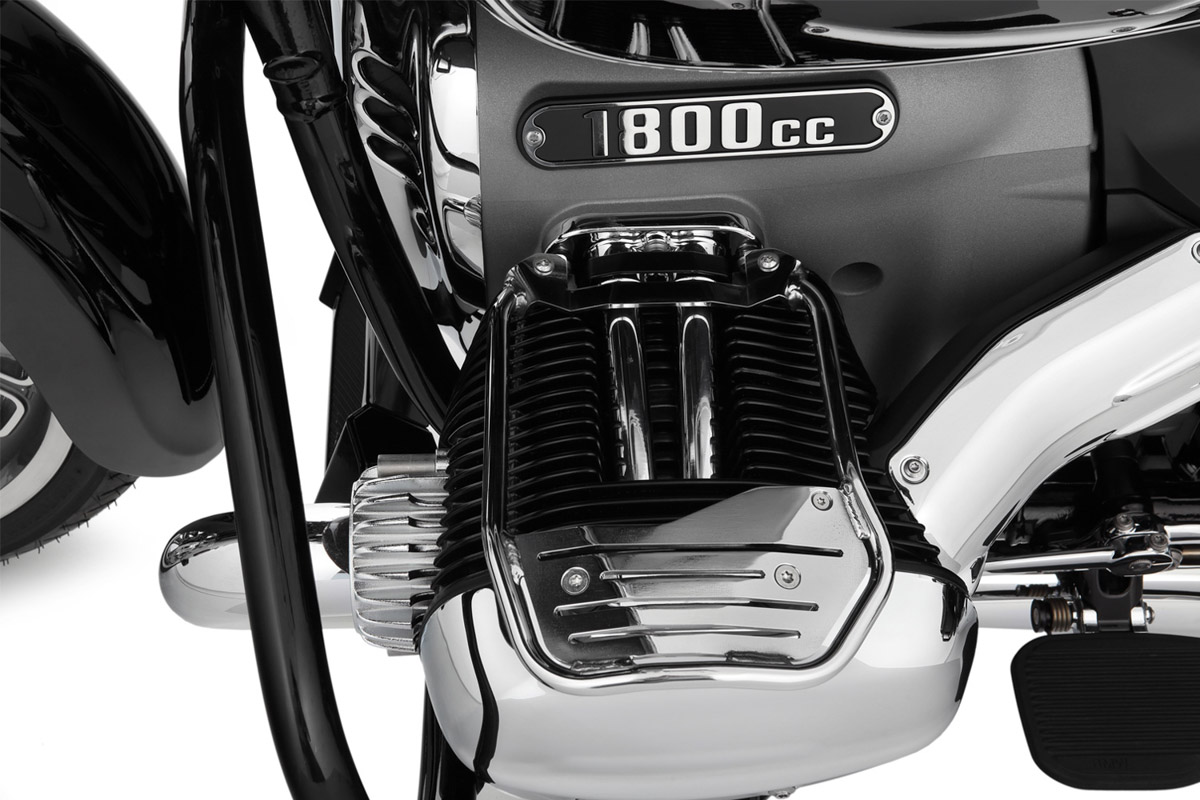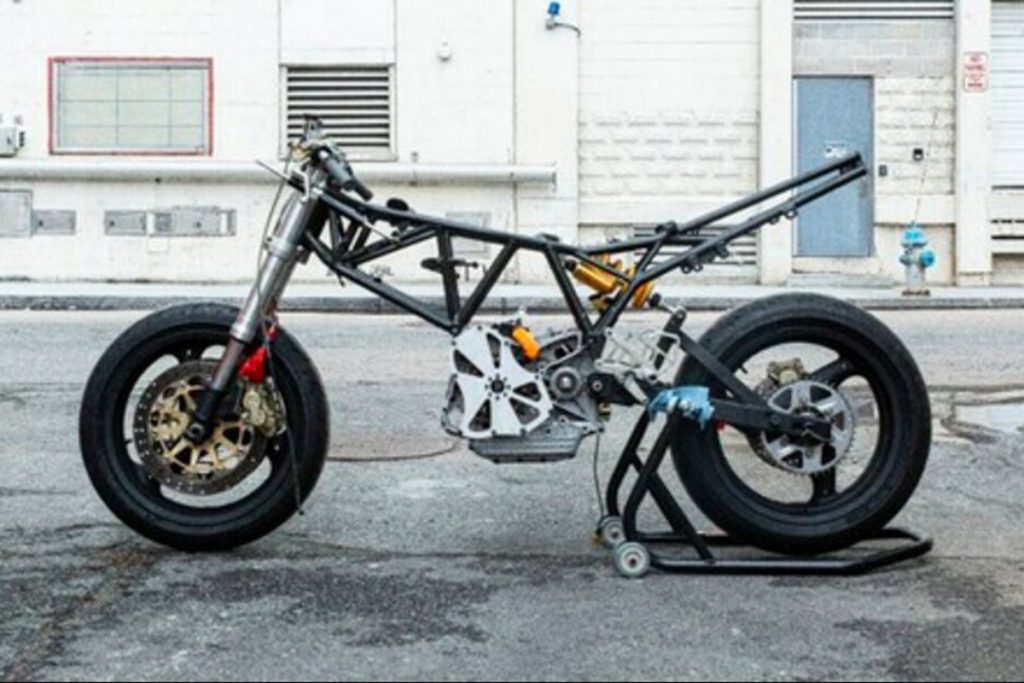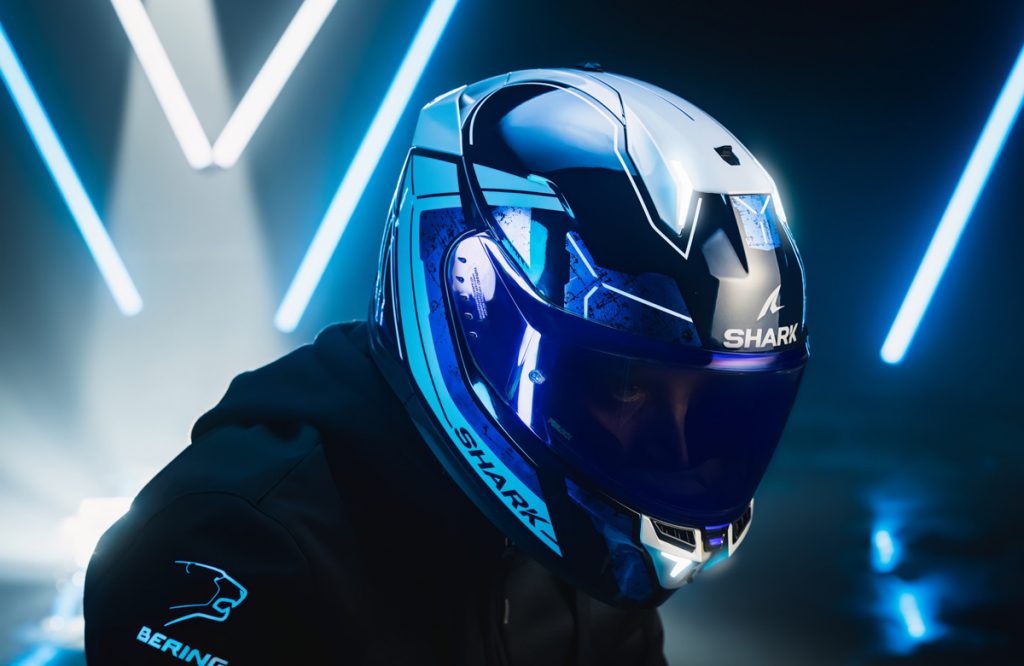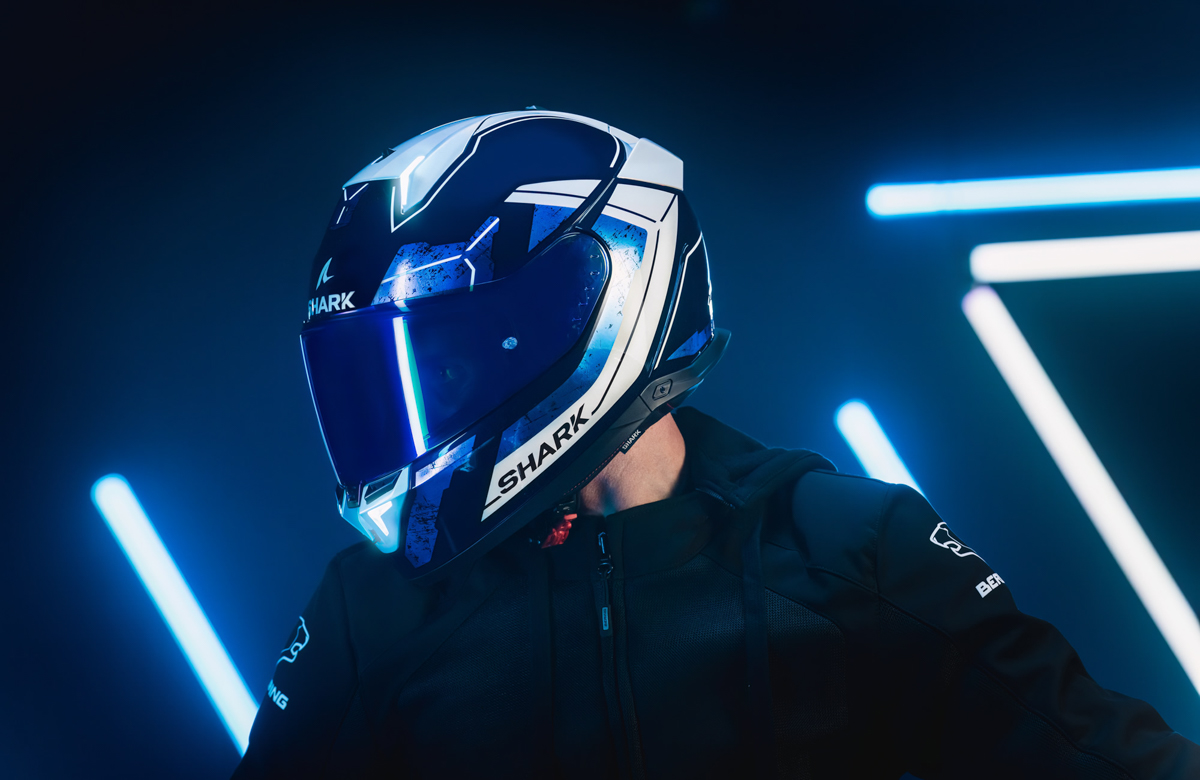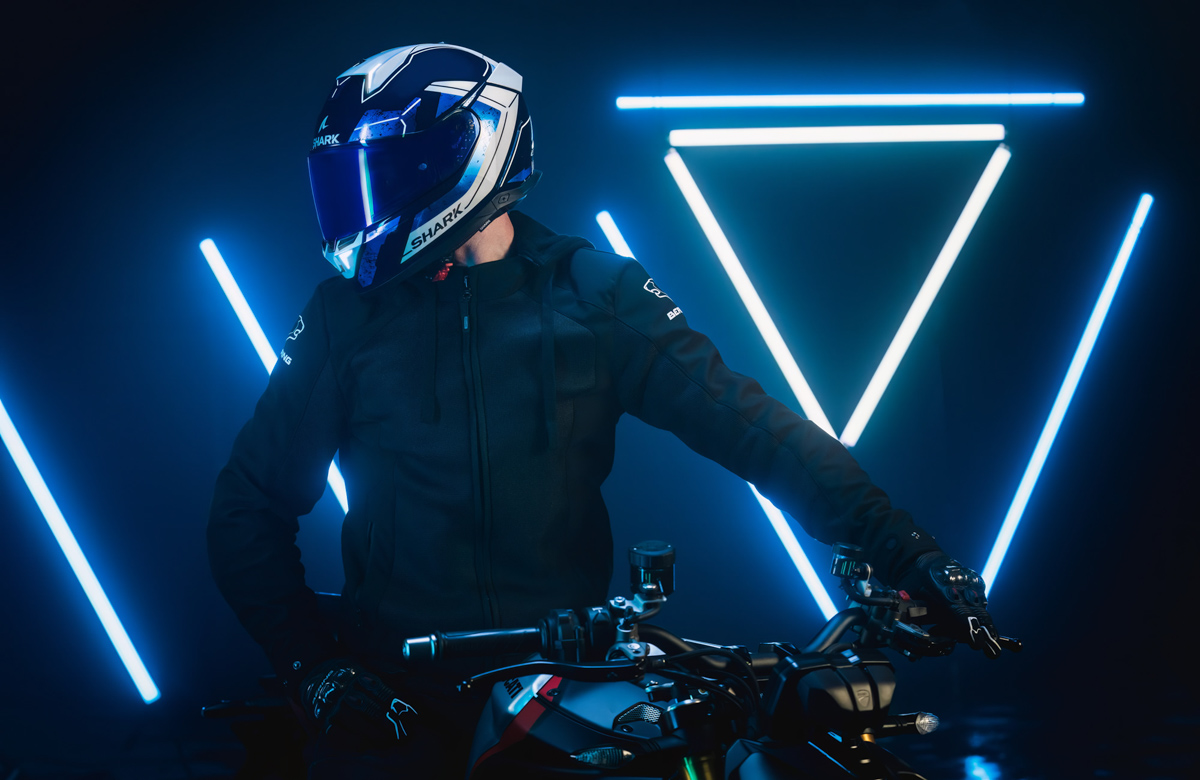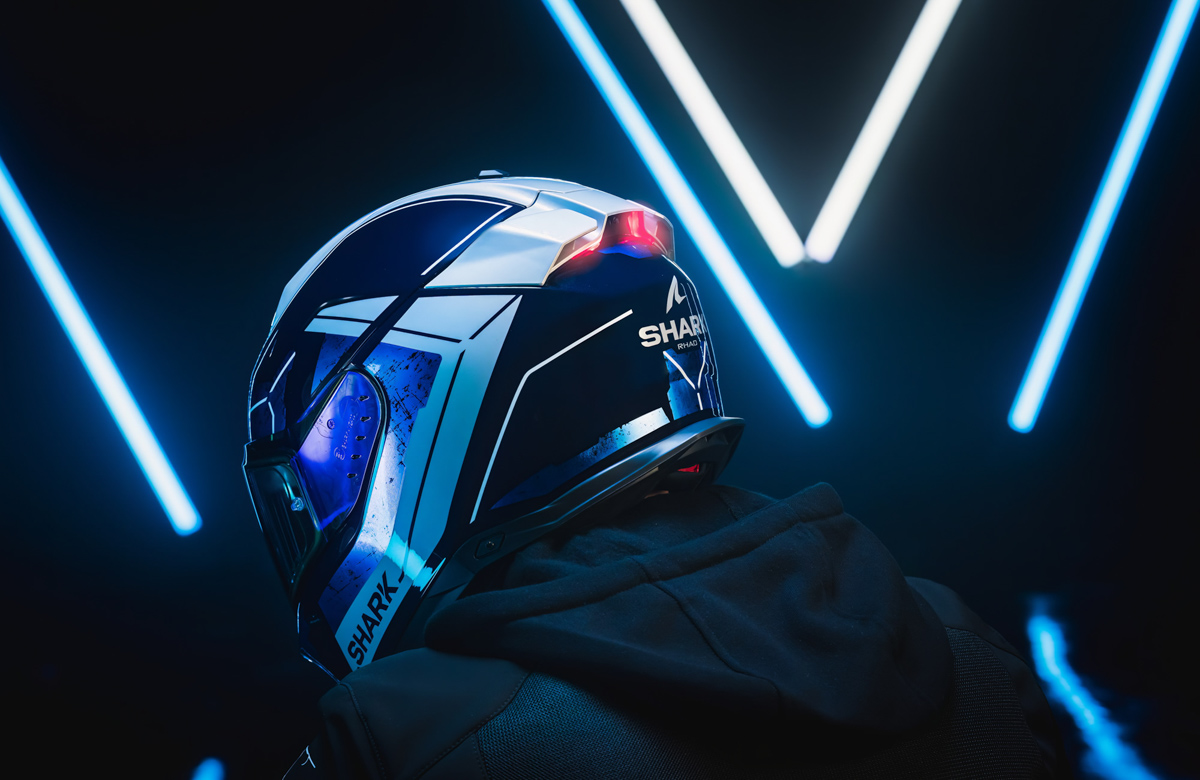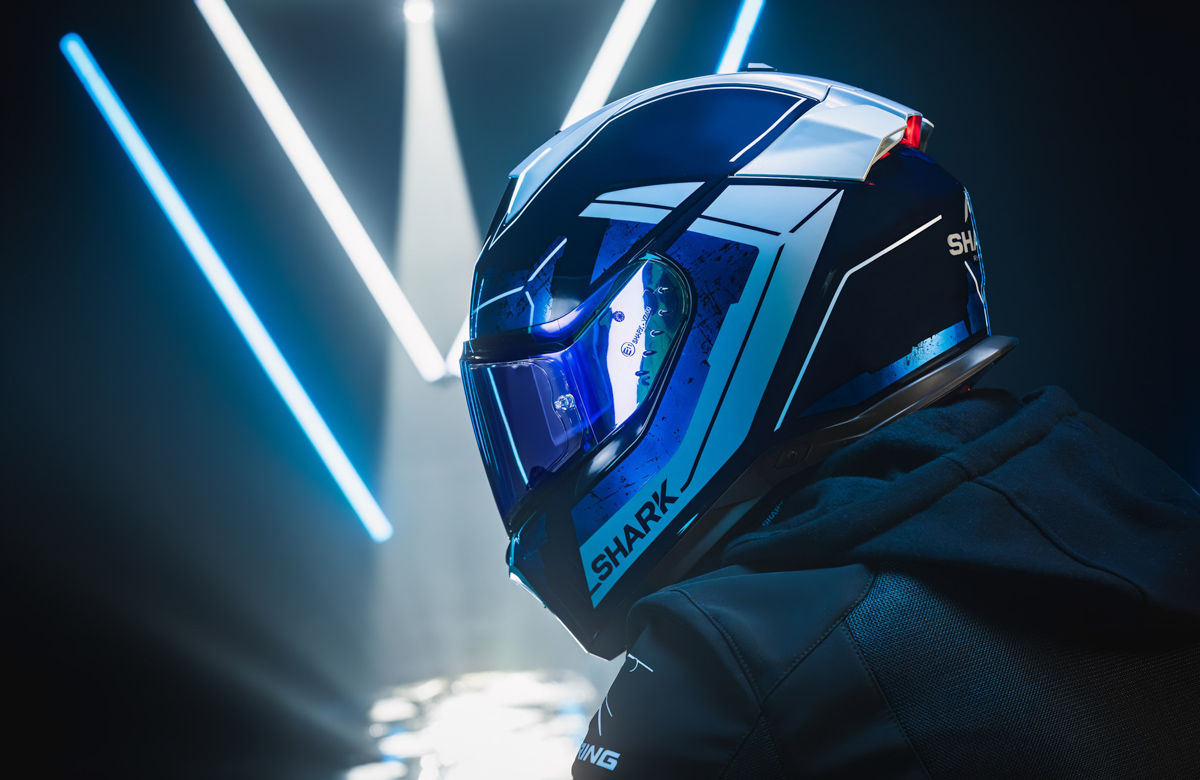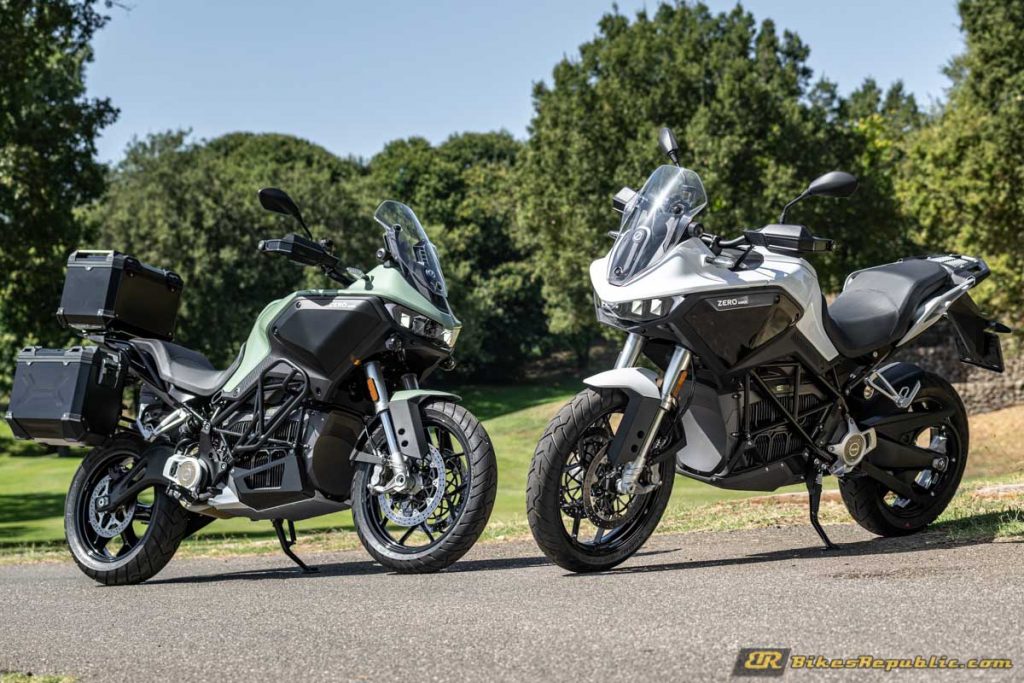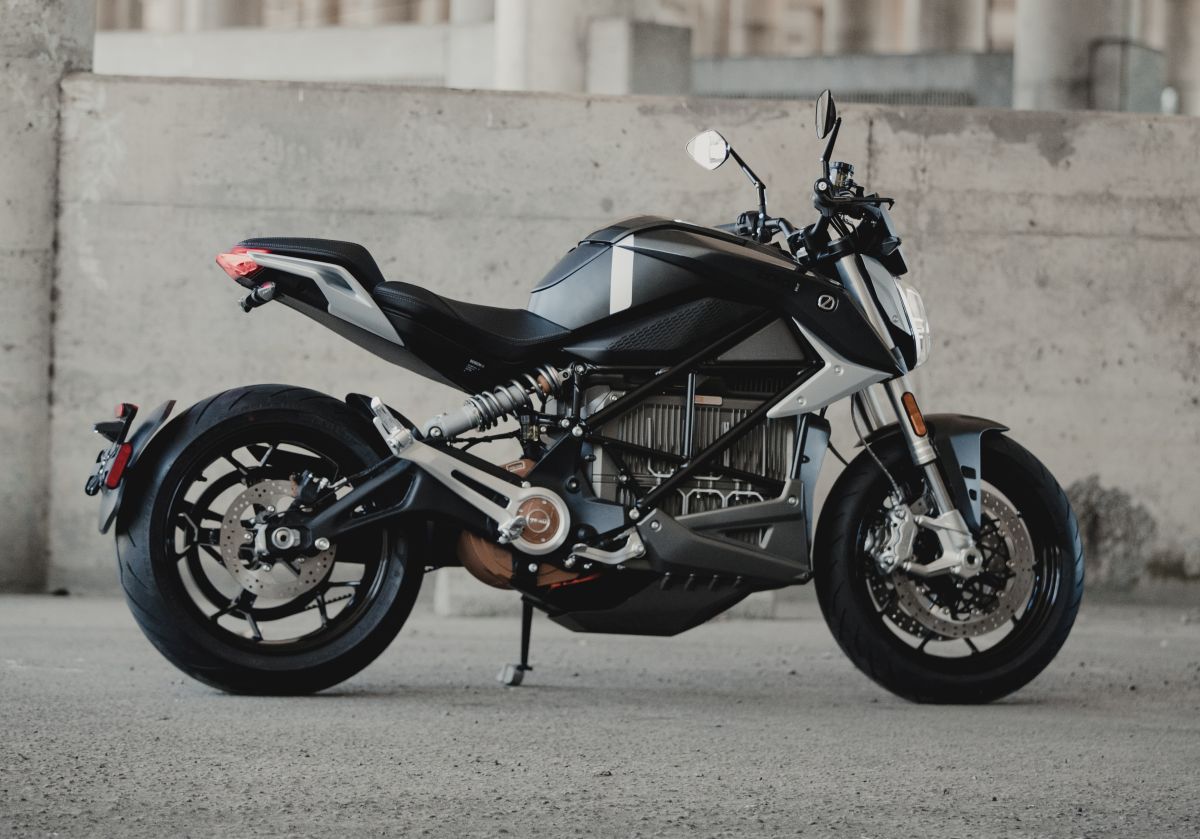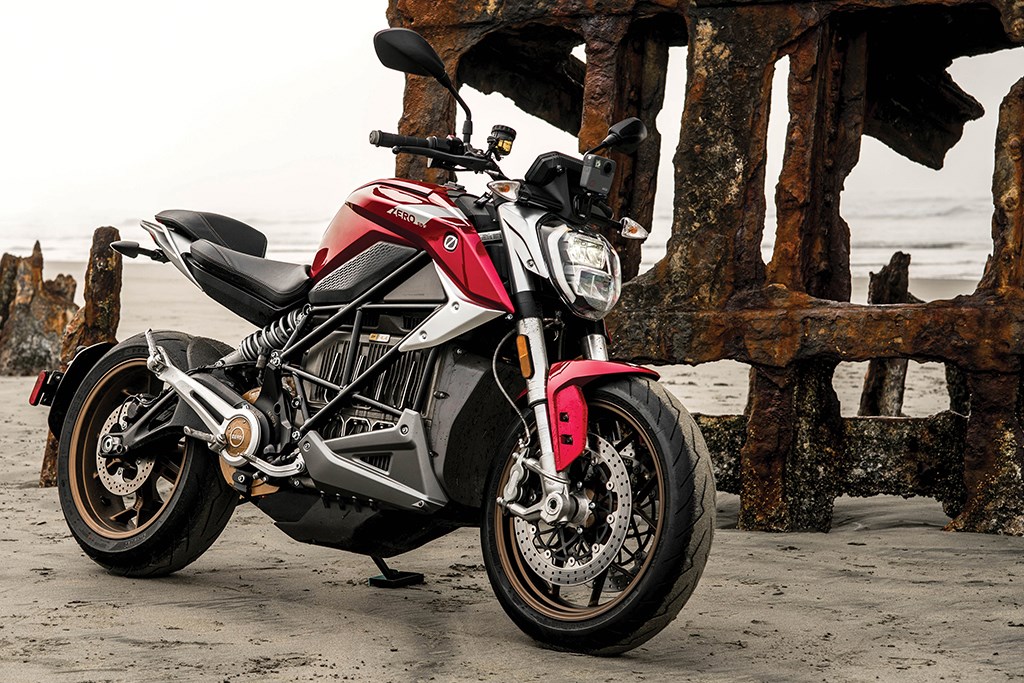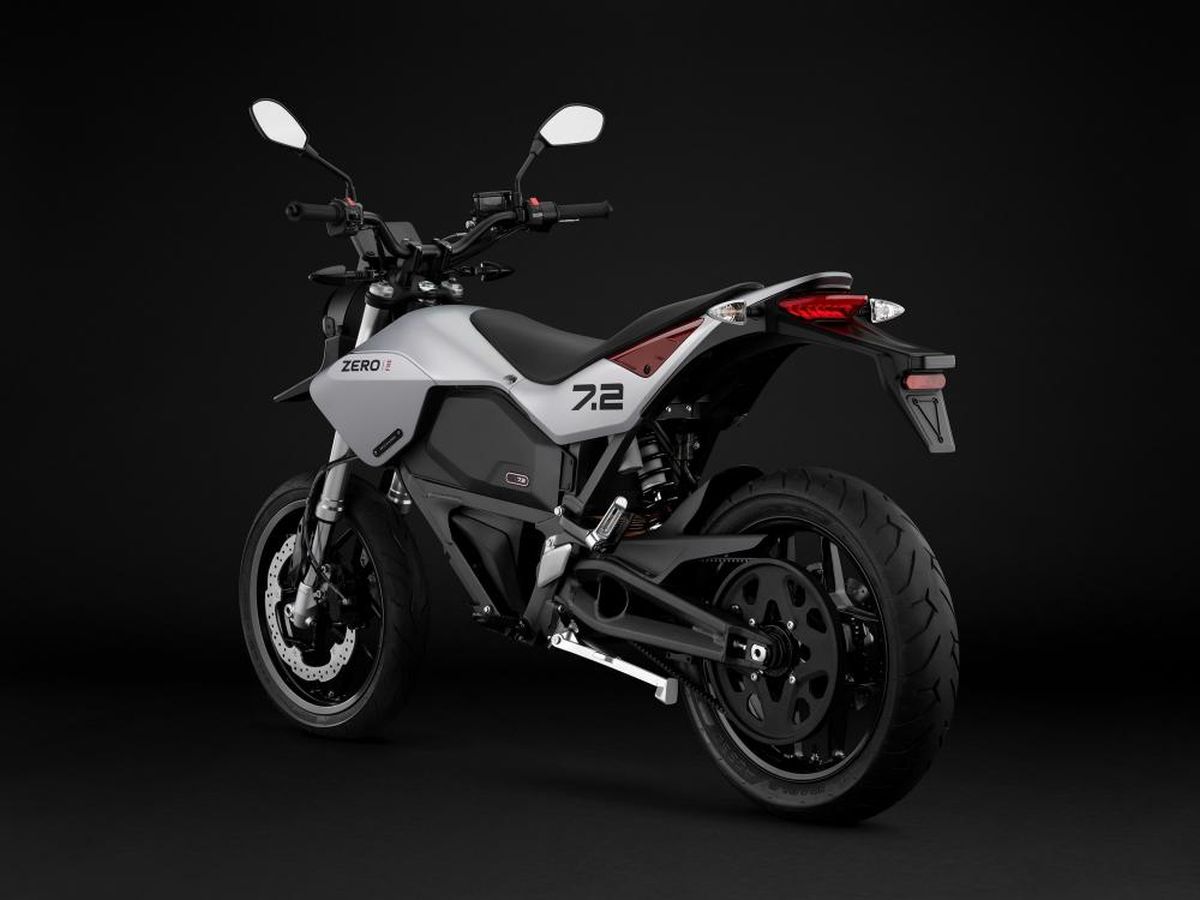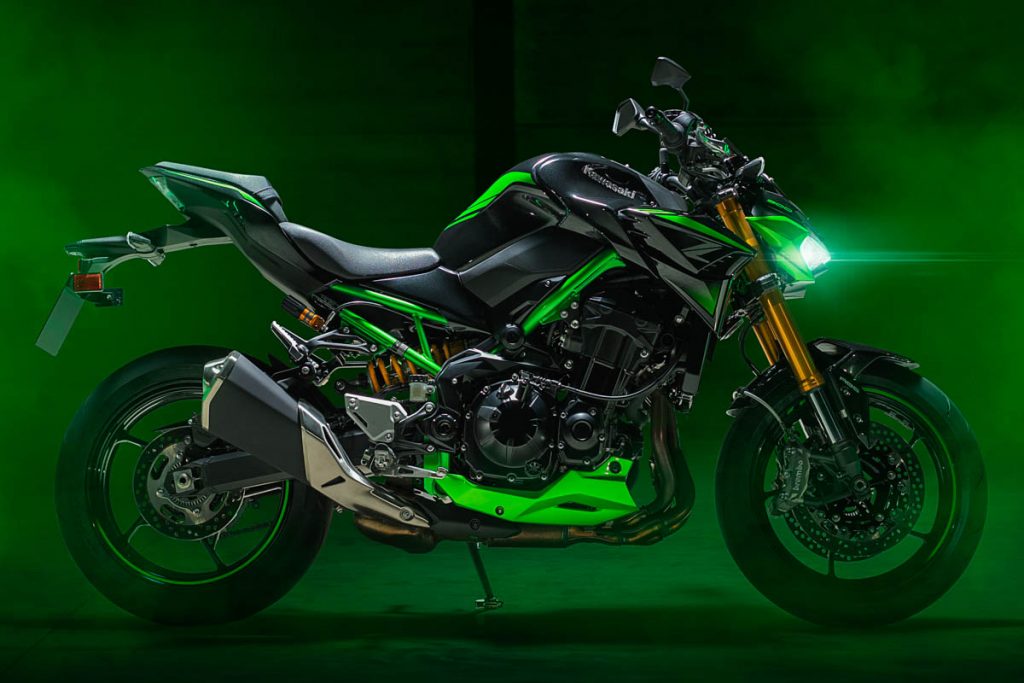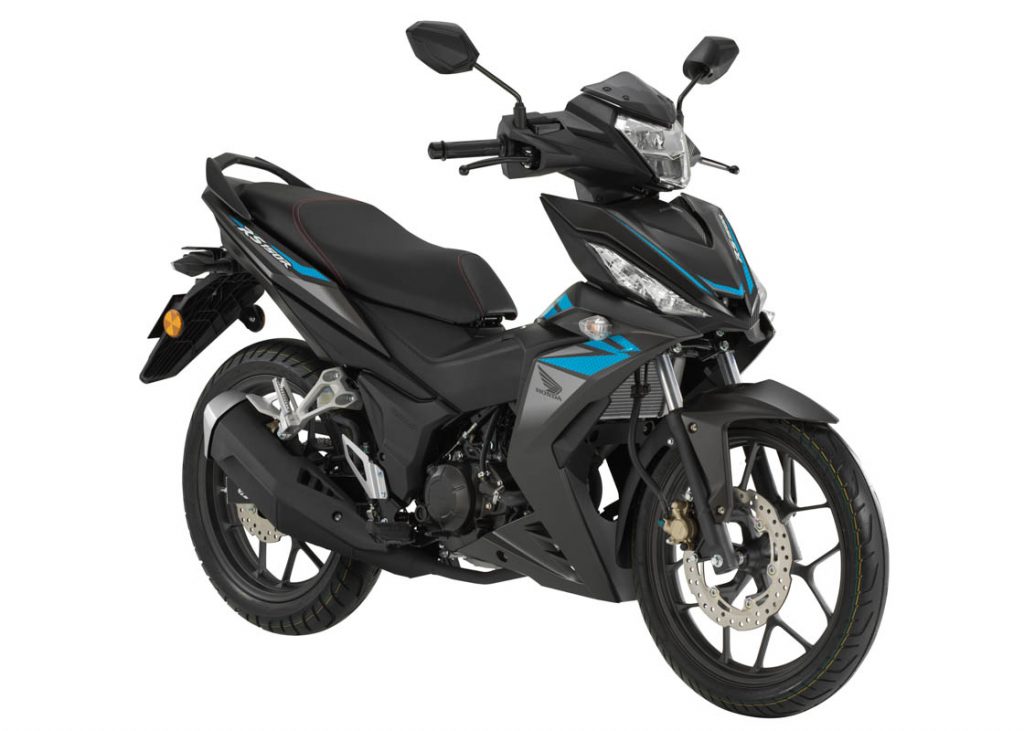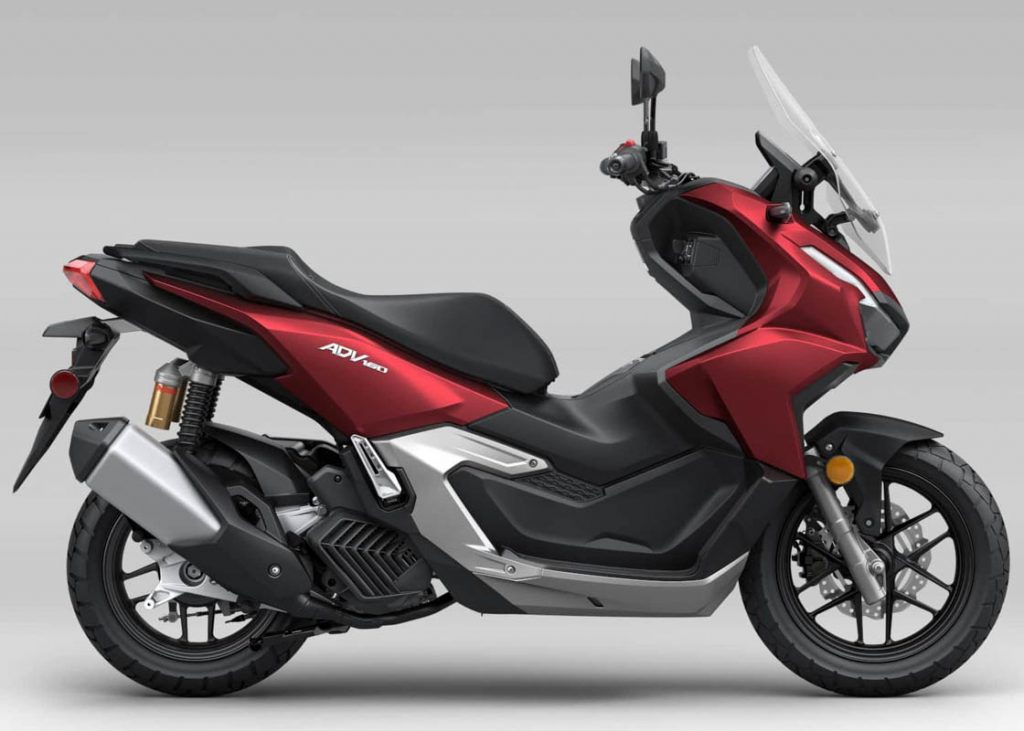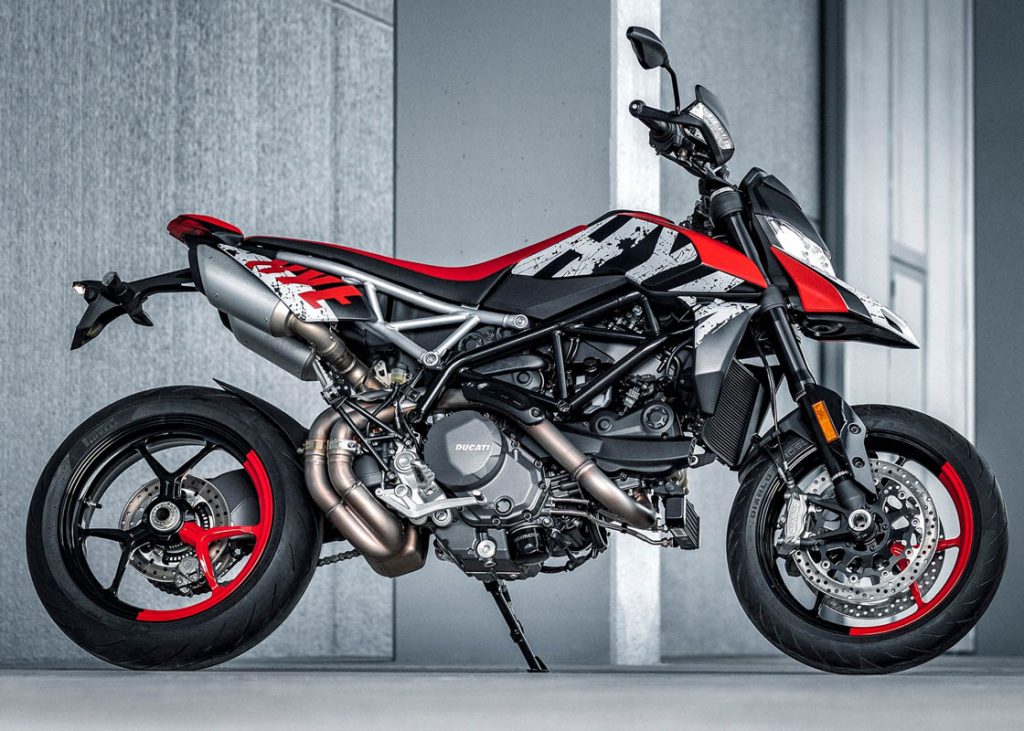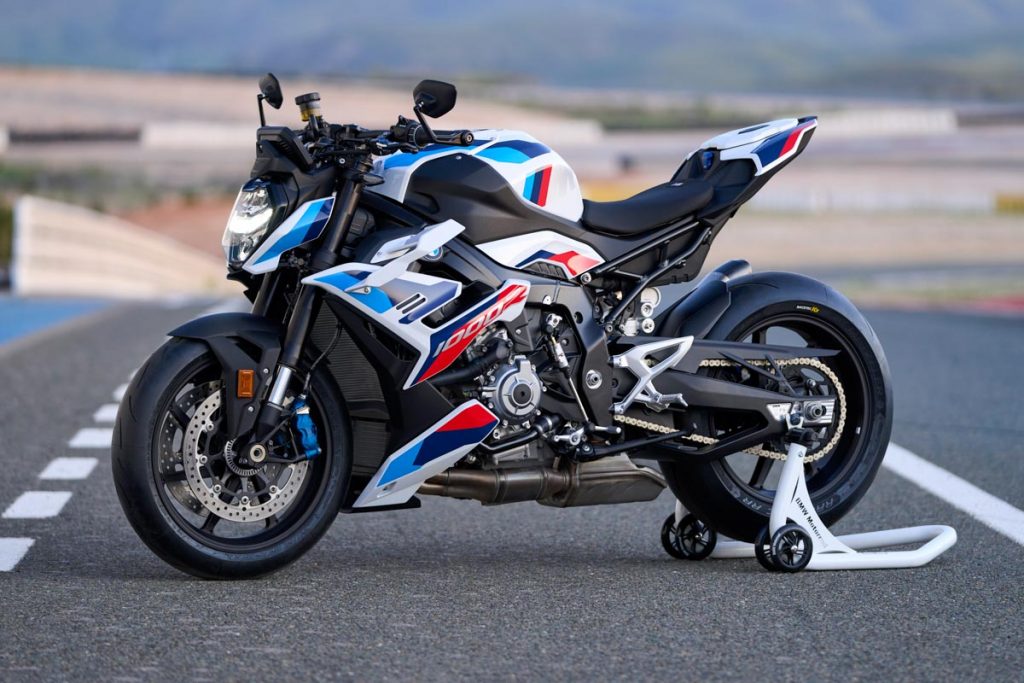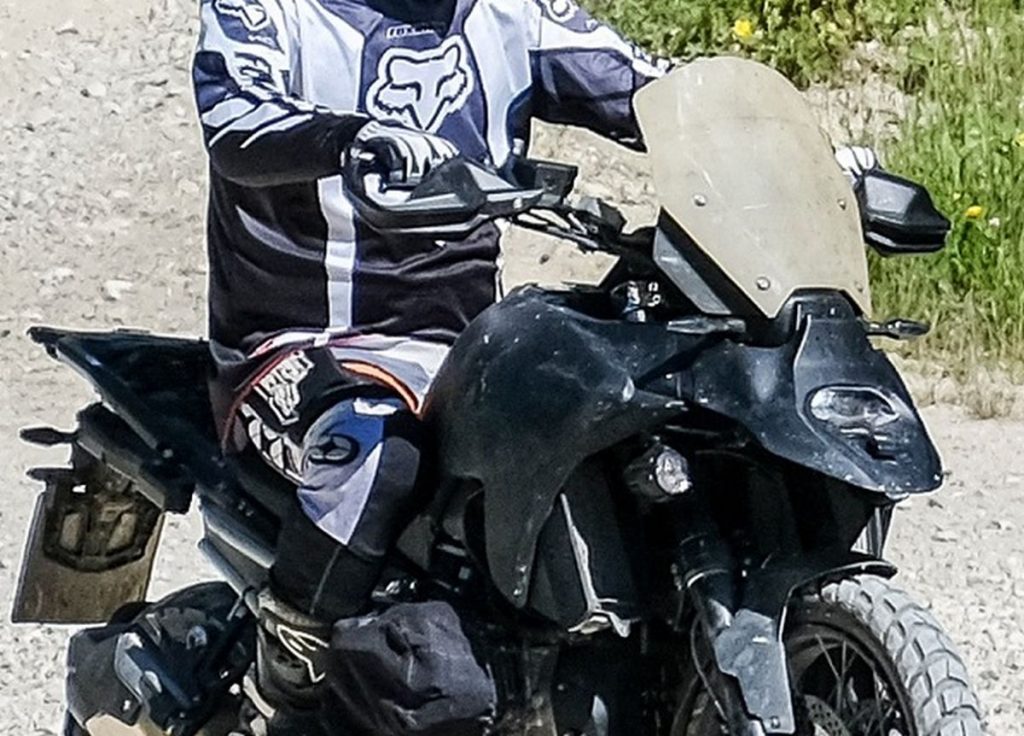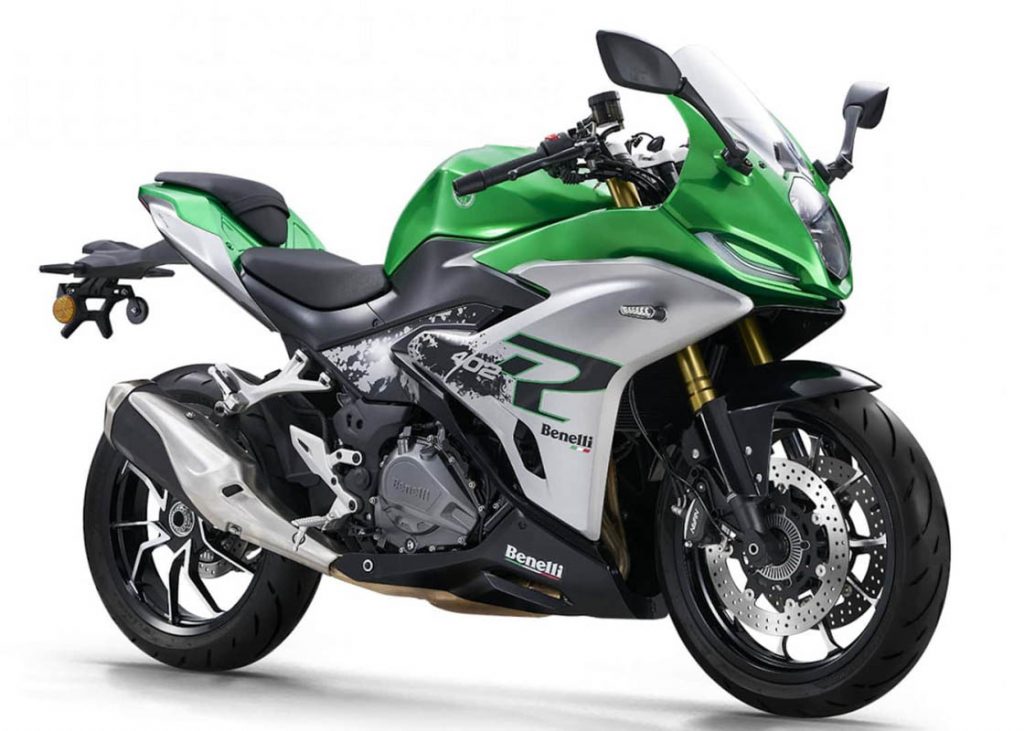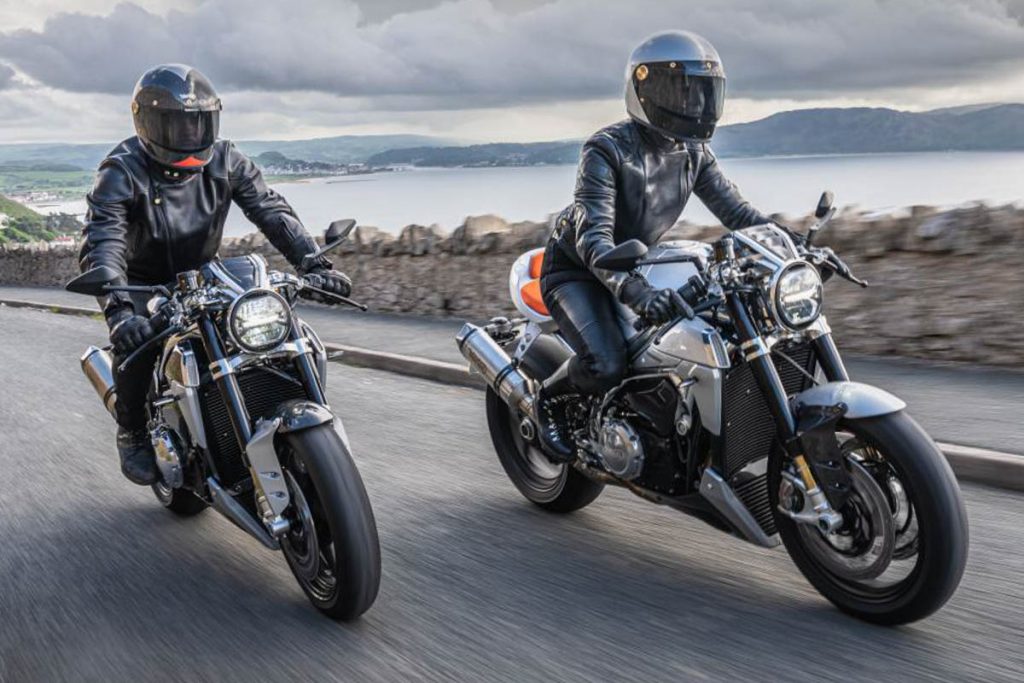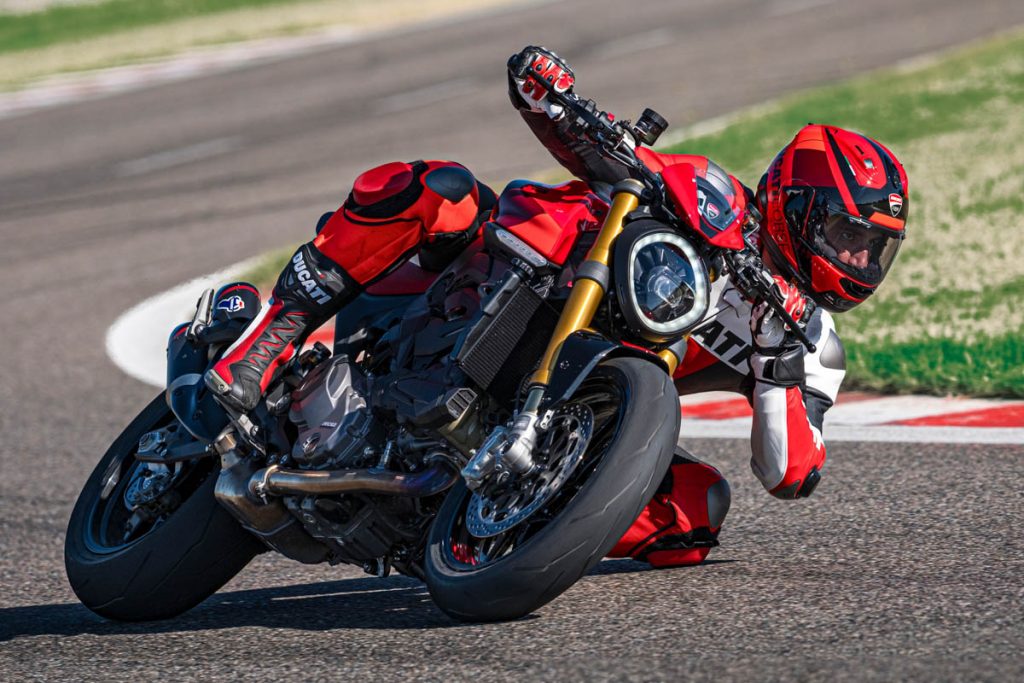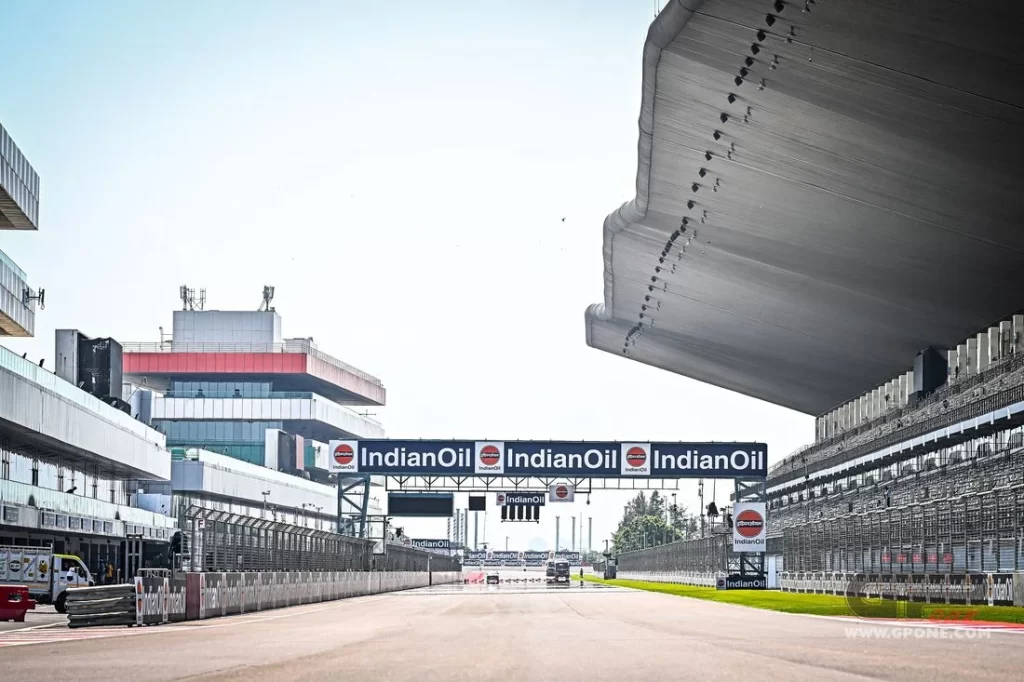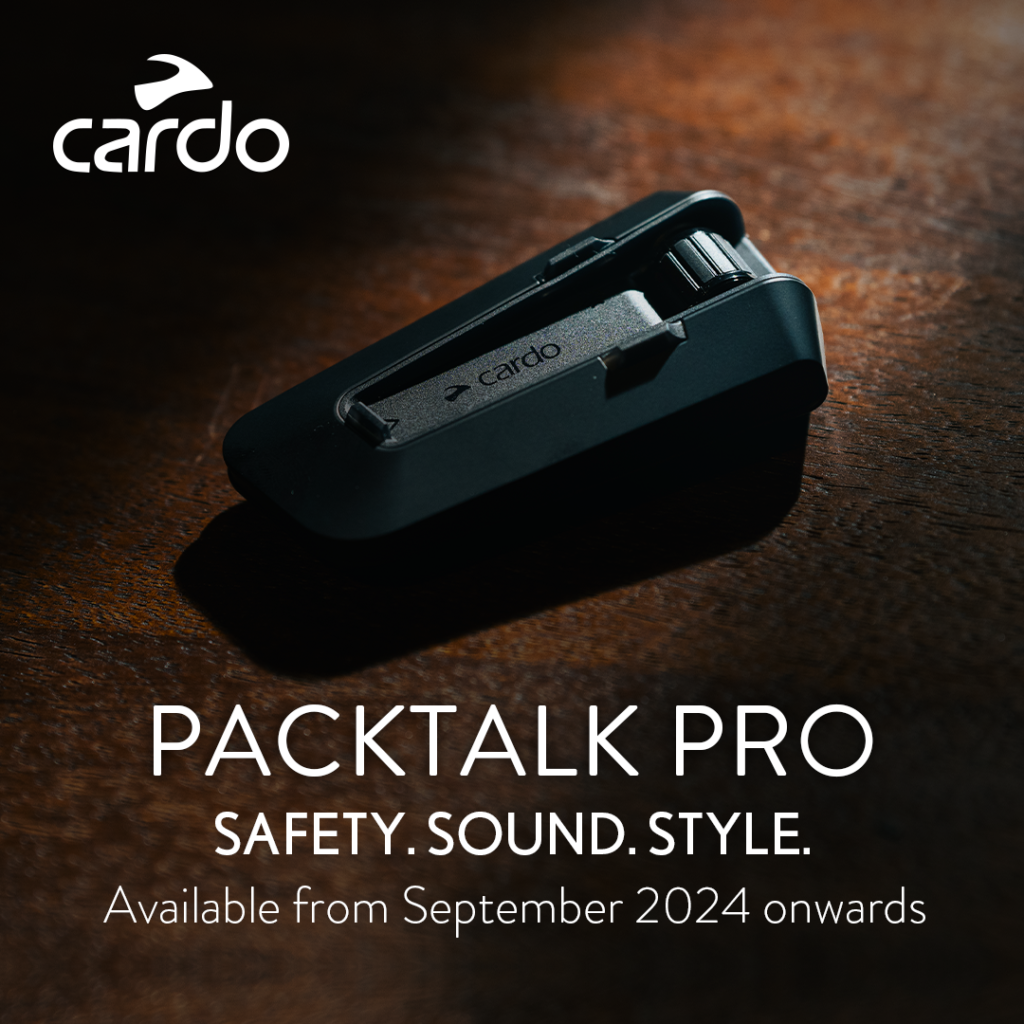Honda has once again received recognition for its excellent designs, winning two Red Dot Design Awards for its 2023 motorcycles.
- Honda has won two Red Dot Design Awards for its 2023 motorcycles – the Honda CB750 Hornet and Honda XL750 Transalp.
- Honda’s success in the Red Dot Design Awards is a testament to its unique human-centered approach to design and usability, as well as its commitment to innovation and exceptional design.
The Honda CB750 Hornet and Honda XL750 Transalp were both awarded for their exceptional design, expanding Honda’s range in the naked and adventure categories with new middleweight offerings.
Honda looked to its past for inspiration for both of these new motorcycle models, reviving the iconic Hornet and Transalp names, which carry cultural weight from the brand’s history. Both models feature a new 755cc parallel-twin-cylinder engine that promises excellent performance.
These awards follow on from Honda’s previous Red Dot Design Award-winning motorcycles, including the Honda ADV350 scooter, Honda NT1100 tourer, Honda Forza 750, and Honda CBR1000RR-R Fireblade. Honda has won multiple Red Dot Design Awards in the Product Design category for four years in a row now, across its automobile and motorcycle product ranges.
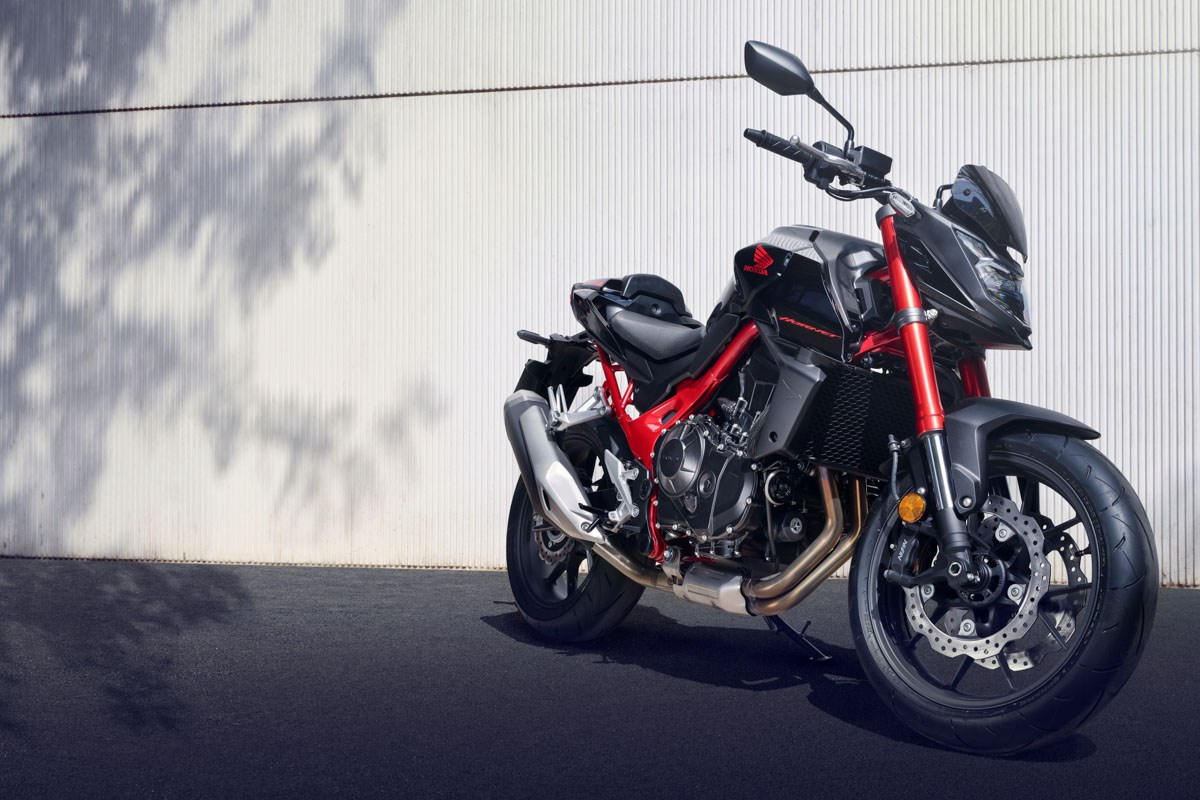
Toshinobu Minami, Chief Operating Officer, Design Center, Honda R&D Co., expressed his happiness on this achievement, stating, “We believe in a unique human-centred approach to design and usability, and it is gratifying to see that focus reflected in the continued recognition for Honda at the Red Dot Design Awards.”
Meanwhile, Honda also won Red Dot Design Awards for the 2023 Honda Civic Type-R and 2023 Honda Civic e:HEV cars, showcasing the company’s continued commitment to innovation and exceptional design. With these wins, Honda has cemented its reputation as a company that values both performance and aesthetics.



